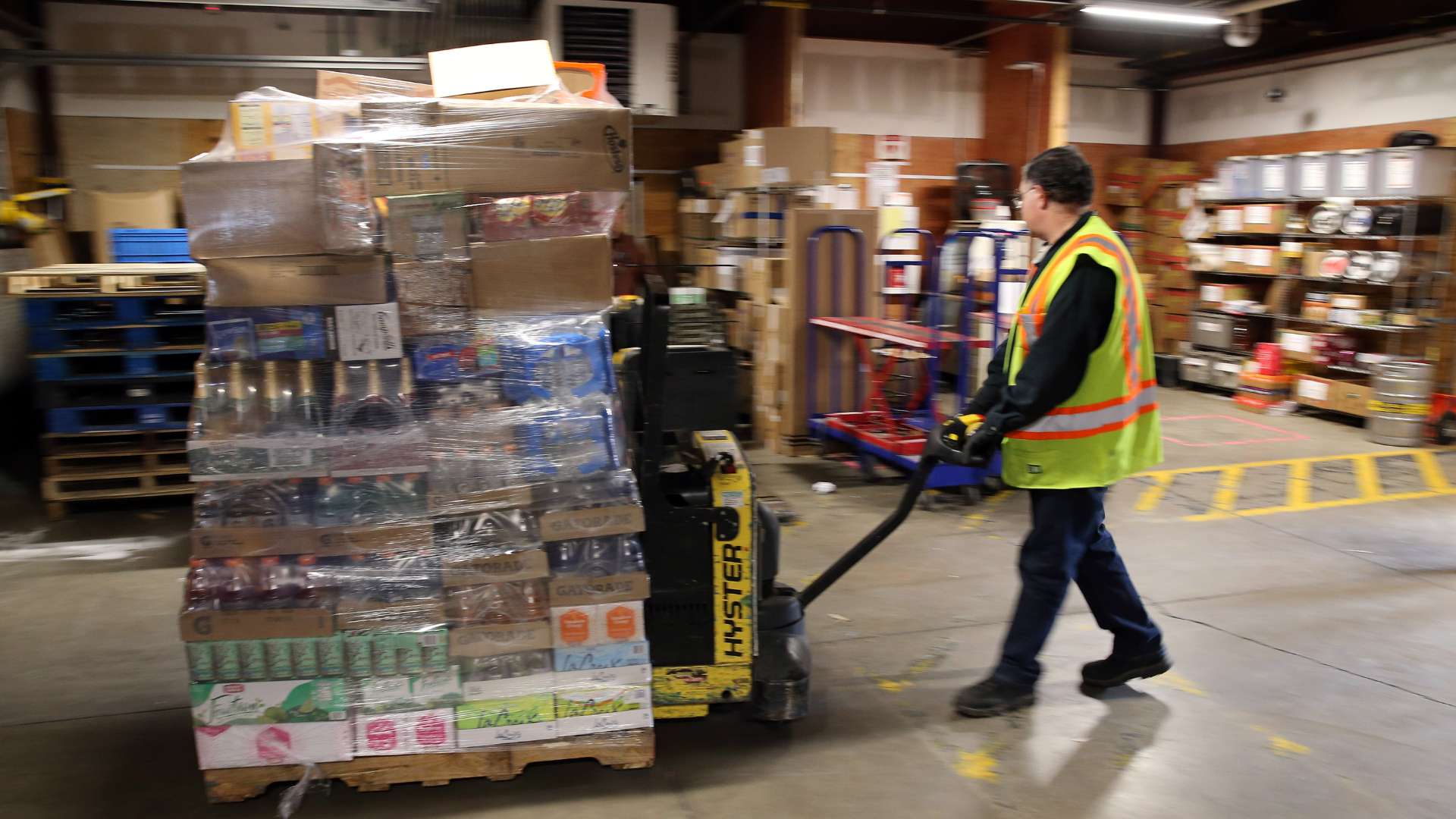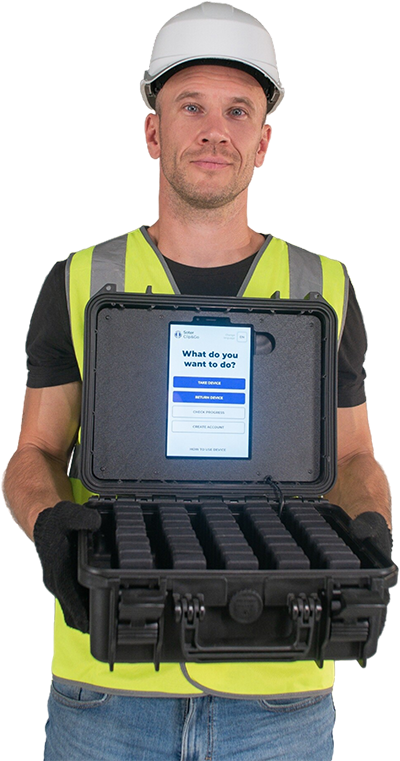Proactive Approaches to Workplace Injury Prevention in the Logistics and Warehousing Industry

In the dynamic realm of the logistics and warehousing industry, ensuring workplace safety is paramount. Employees handle heavy machinery, navigate hazardous environments, and orchestrate intricate logistical operations. Implementing proactive strategies for workplace injury prevention is imperative to protect the well-being of workers and uphold operational efficiency. In this article, we explore industry-specific approaches and techniques that substantially mitigate workplace accidents, fostering a culture of safety within the logistics and warehousing sector.
Rigorous Risk Assessments and Hazard Identification
Conducting meticulous risk assessments tailored to the logistics and warehousing industry is foundational for workplace injury prevention. Thoroughly evaluating potential hazards, such as heavy lifting, forklift operations, material handling, and the storage of hazardous materials, is crucial. Identifying high-risk areas enables the implementation of targeted control measures to mitigate potential accidents, reducing workplace injuries.
Holistic Safety Training
Elevating workplace safety necessitates comprehensive training programs meticulously crafted to address the industry's unique challenges. Employees must be well-versed in the safe operation of equipment, including forklifts, pallet jacks, and conveyor systems. Equipping them with proper lifting techniques, fall protection measures, and expertise in handling hazardous materials is vital for reducing workplace injuries. Reinforcement of safety protocols and recurrent training sessions ensure employees remain updated on best practices.
Equipment Safety and Maintenance
Exemplary workplace injury prevention encompasses stringent adherence to equipment safety and maintenance protocols. Regularly servicing and inspecting machinery to meet prescribed safety standards is non-negotiable. Instituting preventive maintenance schedules and expediently addressing identified issues are critical for reducing workplace accidents. Furthermore, training employees to conduct pre-shift inspections on equipment, promptly report any abnormalities, and fostering a culture of accountability are instrumental in minimizing workplace injuries.
Prudent Warehouse Layout and Organization
Optimizing warehouse layout is pivotal in averting workplace injuries. Ensuring efficiency and organization while minimizing excessive reaching, bending, or climbing significantly reduces the risk of workplace accidents. Employing clear signage, well-defined aisle markings, and designated areas for distinct activities streamline operations and promote workplace safety. Unobstructed emergency exits and ergonomic workspace design epitomize the fusion of safety and efficiency, substantially diminishing workplace injuries.
Adherence to Ergonomics and Material Handling Best Practices
Addressing the substantial risk posed by manual material handling necessitates integrating ergonomic principles throughout operations. Proficiently training employees in proper lifting techniques, encouraging the usage of mechanical aids such as pallet jacks and conveyors, and promoting the adoption of personal protective equipment (PPE) such as back belts and gloves are essential strategies for reducing workplace injuries. Regularly reviewing and refining ergonomic practices to align with evolving needs are hallmarks of an organization committed to workplace safety.
Embracing Ergonomic Safety Wearables
Ergonomic safety wearables provide an innovative avenue for further fortifying workplace injury prevention efforts. Smart posture correctors, advanced lifting belts, and vibration-damping gloves offer real-time feedback, serving as invaluable reminders for employees to maintain optimal posture and reducing the impact of repetitive motions. Integrating ergonomic safety wearables into the work environment augments the organization's commitment to minimizing musculoskeletal injuries and cultivating healthier work habits, reducing workplace accidents.
Cultivating a Culture of Continuous Improvement and Employee Engagement
Sustaining a robust safety culture hinges on unwavering dedication to continuous improvement and employee engagement. Actively encouraging employees to report potential hazards, offering channels for feedback, and fostering participation in safety committees or initiatives galvanize the collective effort in workplace injury prevention. Regular safety audits, expedient resolution of identified issues, and acknowledging achievements form the bedrock of a culture where safety is everyone's responsibility, reducing workplace accidents.
Conclusion
In the logistics and warehousing industry, adopting proactive strategies for workplace injury prevention is indispensable for safeguarding employee well-being, reducing workplace injuries, and ensuring operational efficacy. By conducting meticulous risk assessments, delivering comprehensive training programs, prioritizing equipment safety and maintenance, optimizing warehouse layouts, adhering to ergonomic practices, embracing innovative safety wearables, and fostering a culture of continuous improvement and employee engagement, organizations demonstrate a commitment to workplace safety. Prioritizing workplace safety is an investment that bolsters employee morale, propels operational productivity, and reinforces the organization's standing within the logistics and warehousing industry, reducing workplace accidents and injuries.
About Soter Analytics
Soter Analytics is a global safety science company producing AI-supported wearable solutions that reduce the risk of ergonomic injuries in the workplace. Soter wearables are widely used in logistics, manufacturing, healthcare and other industries, helping leading companies to prevent up to 55% of back & shoulder musculoskeletal injuries.
To see how Soter Analytics can help you improve safety behaviour, engage employees to self-manage their training and prevent workplace ergonomic injuries, simply Book a FREE Demo today.


